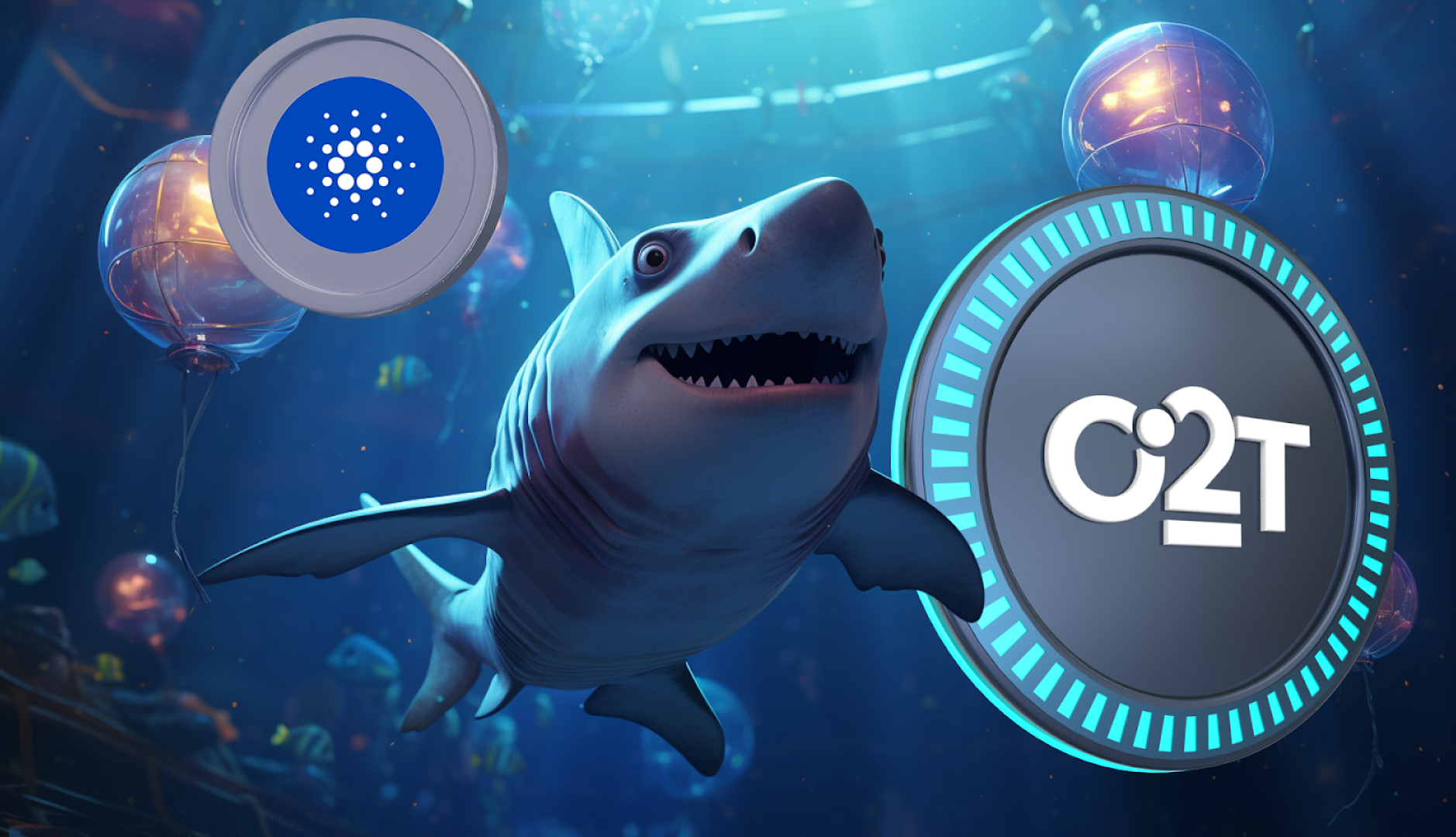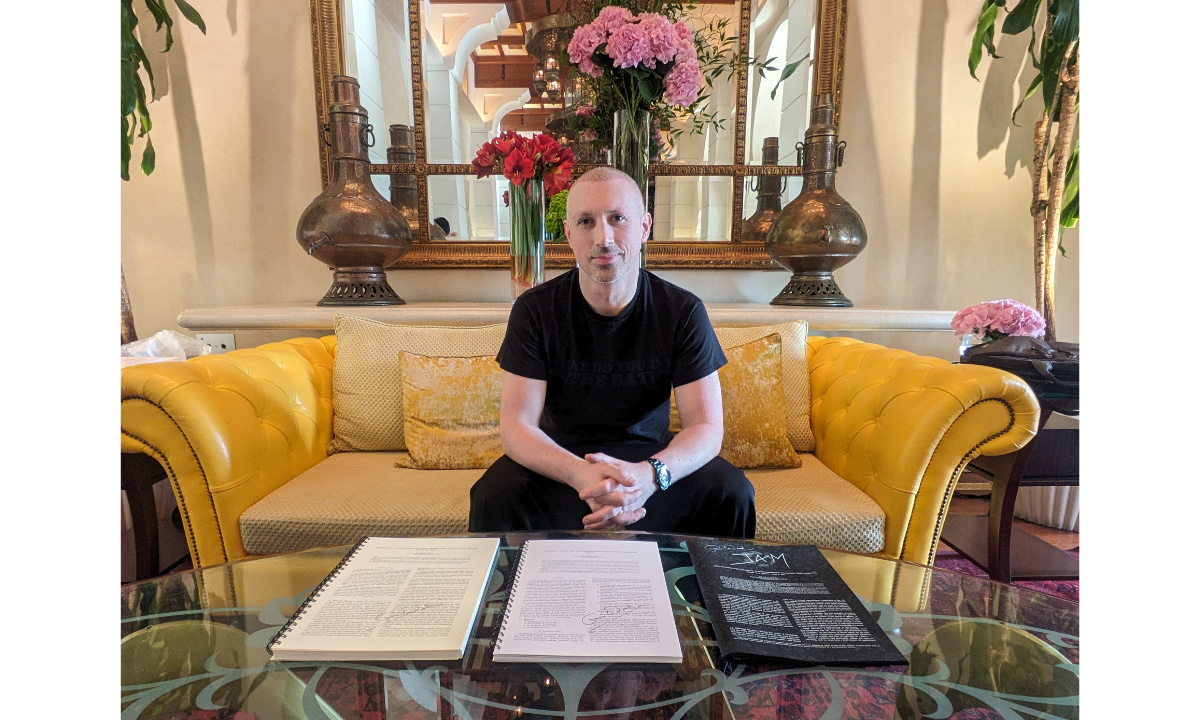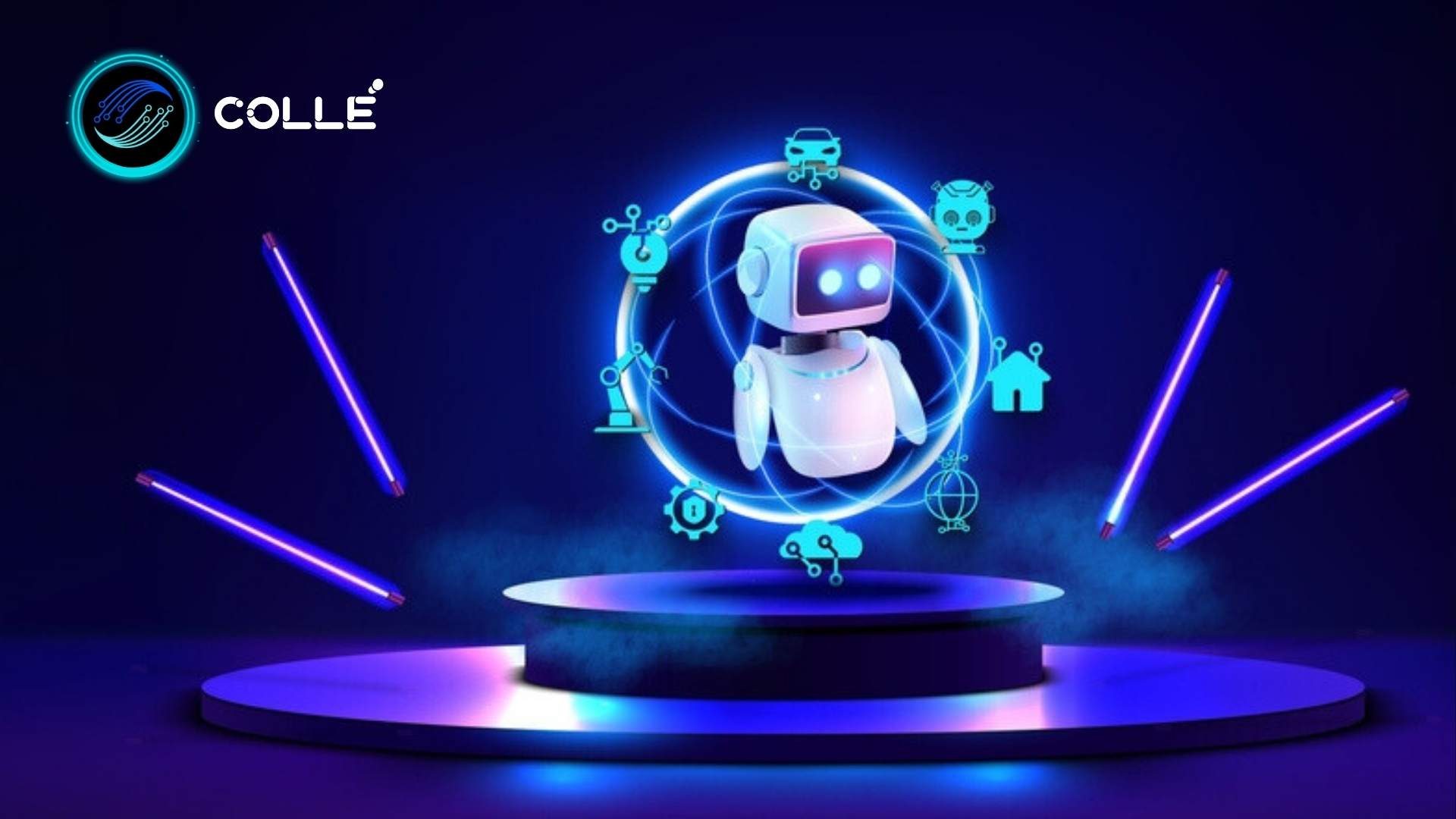To change the art industry, NFT must become more secure
In 2021, several key milestones were reached for the nascent non-traceable token (NFT) market, which is up 2,100% in value compared to the fourth quarter of 2020 and consumers are spending more than $ 2 billion. While record sales have dominated the headlines, growing demand from new investors is often overlooked. According to NonFungible, which tracks NFT transactions, there were 73,000 NFT buyers and 33,000 NFT sellers in the first quarter. While these numbers may seem impressive, in reality they are relatively small compared to the global art market, which was valued at $ 64.7 billion in 2018, including the United States, China, and the United Kingdom.
The traditional infrastructure for the art market, dominated by dealers and auction houses, seems obsolete in an increasingly online and globalized world where demand for this property will increase in emerging markets. People will likely look back on the COVID-19 pandemic as a catalyst to disrupt existing art market infrastructure. In the meantime, the NFT marketplace offers a glimpse into the application of smart contract technology to ensure that third parties and middlemen who would normally claim the cut can be eliminated. However, the current infrastructure is in every respect too full of weaknesses and too much potential for error for users to really function as an alternative to the previous methods of verification, dissemination, auction and certification.
Connected: The hype is over: How NFTs and the arts will benefit in the future
Nowadays there is no way of knowing with certainty who actually made human beings by looking at the data contained in the NFT. The result is an increasing number of NFT parodies and cases where scammers create an NFT and present it as the work of a certain well-known artist. A quick Google search on the subject reveals that NFT spoofing is a rapidly growing problem. In some cases, scammers take a picture of an actual work of art from the artist, turn it into NFT, and then sell it as if they were the artist themselves.
In addition, if the NFT contains important content or related data such as images, this data is not stored on the blockchain. Rather, the NFT contains a link to the data, usually via a hyperlink on the Internet. If the data (e.g. the image) changes or disappears at the end of this hyperlink, there is no way to know or prove from the blockchain data that the image was actually linked to NFT and purchased.
So there is no way to preserve the durability of the NFT data. Shocking but true. This means that the actual image or data associated with the NFT can be changed or deleted, thereby destroying the value of the NFT. There is also the potential for user error if people accidentally copy long complex addresses or are exposed to man-in-the-middle attacks that can result in millions of dollars being sent to the wrong address or stolen forever.
Check authenticity
In the physical art world, artists sign their work to ensure authenticity, and the owner of the artwork ensures its permanence by keeping it safe. In order for NFT to be successful in the long term, blockchain technology must enable a similar capability and this must be decentralized and autonomous.
We don’t know what long-term impact the ongoing COVID-19 pandemic will have on the art world. People can look back and see this as a catalyst for long overdue disruption and greater competition for what is still essentially a consortium of high-end auction houses and high-end dealers of varying reputations. Smart contract technology has shown how NFT can eliminate these middlemen; operational risks and the possibility of fraudulent transactions make the current exchange model too risky to scale, despite the clear need.
Preventing NFT tampering and long-term protection are critical to the continued growth of NFT usage in the blockchain ecosystem to ensure a fairer, more transparent and more equitable system for users. The future of the art ecosystem is clear and we as an industry need to start building it.
Luke Stokes is the Executive Director of the Foundation for Interwallet Operability. He is passionate about voluntary systems of governance and has been involved with Bitcoin since early 2013. He has been a consensus witness for the Hive blockchain (formerly Steem) since the beginning of 2018 and custodian of eosDAC, a joint Eosio block producer and DAC issuer, since its inception. He holds a degree in computer science from the University of Pennsylvania.
.
.











